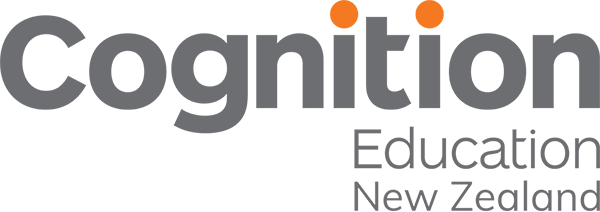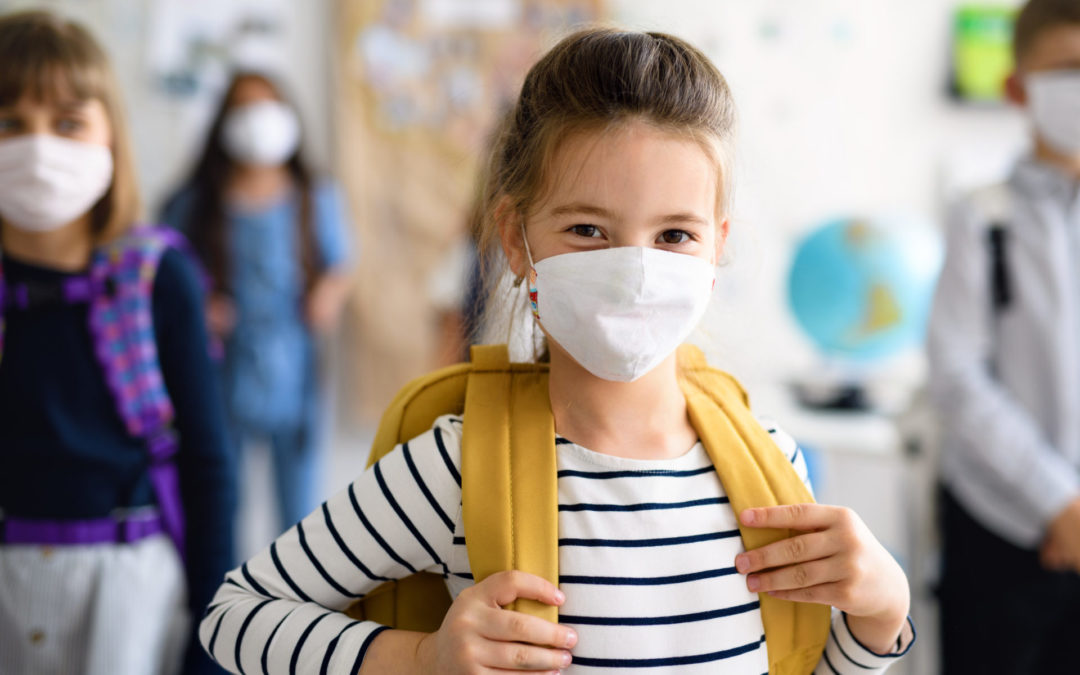‘We only do Positive’ FA 2018
As we reintegrate, reengage and reconnect with returning students in our physical schools after lockdowns, let’s consider what type of school we are welcoming them back to.
The New Zealand Education Review Office (ERO) were keen to understand how schools responded to the changes in alert levels and lockdowns since 2020. They conducted surveys and interviews with a wide range of communities across Aotearoa-New Zealand to find out what the impact has been, what challenges have been faced and what actions school leaders can take to learn, monitor and support their communities moving forward in their latest report Learning in a COVID – 19 World: The Impact of Covid -19 on schools
What follows uses the areas identified by ERO and breaks them down to how they can be addressed over the short, mid and long term. It is an attempt to provide suggested highly effective and immediate ways to successfully tackle reconnection but also provides a pathway to longer term initiatives to address wellbeing and learner engagement.
|
We Only Do Positive, Reconnecting with our kids. |
|||
|
#1 Engagement |
|||
|
Short term |
Mid term |
Long term |
|
|
Connection |
Check and Connect Ako circle times twice a week built into the timetable. Blob trees to help students articulate feelings. Thumbs up/down to encourage students to regulate and manage their emotions and behaviours. |
Review programme delivered in whānau/ tutor time to allow for wellbeing /personal goal setting activities. |
Develop a system whereby students are scaffolded through a process to gauge personal accountability via an advisory or mentoring system. |
|
Mentoring |
Identifying a significant adult for each learner. |
Initiate student focus groups and komiti that learners can access or opt into. Investigate different ways of grouping students to facilitate peer group support. |
Develop guidelines and training manuals for mentoring within the school. Include contextualised processes, names, logos, posters and appropriate acknowledgment and celebration. |
|
Whānau |
Directly contact all whānau to discuss how the first few days of reconnection have gone. |
Review frequency, nature and tone of all communication with whānau. Initiate more elements of collaborative reporting where the student has more input into the reporting process. |
Initiate more kanohi ki te Kanohi opportunities [including celebrations of learning where students celebrate their learning with whānau] |
|
Attendance |
Reward attendance. Welcome and encourage attendance all day and every day. Quickly identify those who have not returned and contact whānau to develop individual plans that will assist reconnection. |
Replace cancelled events with low key fun events. Ensure that the less engaged have had their interested identified and use these interests to encourage connection and attendance. Review attendance tracking processes to ensure that it is a rapid response model. |
Celebrate attendance. Explicitly detail the benefits of regular attendance. Explore the need for time out rooms or staggered reconnection programmes to ease the hesitant or non-engaged to get back into school. |
|
Agency |
Initiate one on one meetings where students reboot goals for the year. |
Review approaches to learning to ensure that the learning process and metacognitive elements are woven into everyday learning experiences. |
Review planning documents to ensure that they cover all aspects of learning including the learning process and school values. |
|
#2 Wellbeing |
|||
|
Pastoral |
Discuss with staff where fun is timetabled in this reconnection phase. |
Actively review the place of creativity and the creative arts in the learning experiences of each student. |
Teach ‘wellbeing’ through practical provocations where students are safe to experience feelings, see others’ perspectives and ask questions about the world around them. |
|
Tuakana/Teina |
Identify natural leaders again, especially those who have the ability to quietly get alongside others. Identify the supporters rather than the public speakers. |
Ensure that these relationships are fostered and enabled through adequate time and place provision. |
Develop a plan for succession so that those supported are led towards and empowered to become the supporters for the next cohort. |
|
Health and Safety |
Give clear guidelines around mask use and hygiene related issues. Ensure all learners get physical exercise as part of the school day during the reconnection phase. |
Review systems and policies in a timely manner where there is room to evolve and adapt them to the situation at hand. |
Build active Physical Education into the timetable for at least twice a week.
|
|
Monitoring Change |
Wall of Faces. Photos of all students in a prominent ‘staff only’ place. Staff sign when they have had a meaningful connection with a student. This way students who are not being checked on can be quickly identified. ‘Warning Sign’ register accessible to all staff. |
Look to empower the wellbeing team to develop coherent tracking processes and how the safety nets work for at risk learners. |
Review policies to ensure that this cohesion is protected. |
|
Wellbeing Team |
Establish a wellbeing team. |
Implement a plan to ensure that there is a cohesive way of monitoring student wellbeing across all teams associated with student care. |
Review policies to ensure that this cohesion is protected. |
|
#3 Progress |
|||
|
Differentiated |
Build on utilising and presenting existing knowledge rather than trying to play catch up on content normally covered. Ensure learning allows for prior knowledge and awareness of cultural perspectives and values. Implement a flexible timetable that meets the immediate needs of the students [especially one that enables for NCEA learners to regain confidence and a feeling of success through prioritisation]. |
Carefully review what elements of distance learning worked and develop a plan to weave them into the learning experiences. Review current approach to NCEA and in particular the role Level 1 plays at the school. Move to graduation profile based on school vision and values. |
Serious review and exploration of how to develop and implement a flexible timetable. Investigation into what value integration has. |
|
#4 Learning |
|||
|
Expectations |
Clarify the difference between realistic learning expectations and just being kind. Review use of Do Nows at the start of each lesson and the clear identification of Learning Outcomes. Profile school vision and values as ideas to lead reconnection. |
Develop a list of non- negotiables based on learning outcomes and engagement that has been carefully aligned to your learners’ needs. Review and work with student /staff /whānau groups to redefine school values and vision to secure ownership.
|
Have high expectations of all learners and remove the ceiling on learning by promoting grouping that is non-deterministic of ability. ‘Everyone should have a right to surprise us’ mindset for ākonga |
|
Just in Time |
Revisit Hattie’s Know Thy Learner process with staff and expect them to prioritise the three aspects of knowing: -where each learner is at – where they need to get to next -how can they get there |
Develop an ongoing process that students have contribute to. |
|
Moving Forward
ERO reports that students feel anxious about their safety when returning to school after lockdowns, especially in our secondary schools in Auckland. There has been a recommendation that schools respond with a wellbeing plan to not only monitor the impact of students’ wellbeing, but also to build a supportive strategic focus on wellbeing where there is a coordinated approach to ensure staff receive training on strategies in how to support student wellbeing.
The implications are that effective leadership is needed for managing staff and student thinking related to “we will get through the pandemic” and that step by step we can support each other to move forward. Multiple strategies, as indicted above can provide this support. Leaving teachers unprepared to sufficiently tackle anxiety and stress for the students increases teachers’ vulnerability, and in some cases can cause secondary traumatic stress for teachers as highlighted by Muller and Goldenberg Education in a Time of Crisis: The potential implications of school closures for teachers and students.
Now is a good time to assess your staffs’ capacity to deal with these very real issues for our young people. Where needed PLD should be provided to support them.
Contact us if you would like support with Wellbeing in your school.

